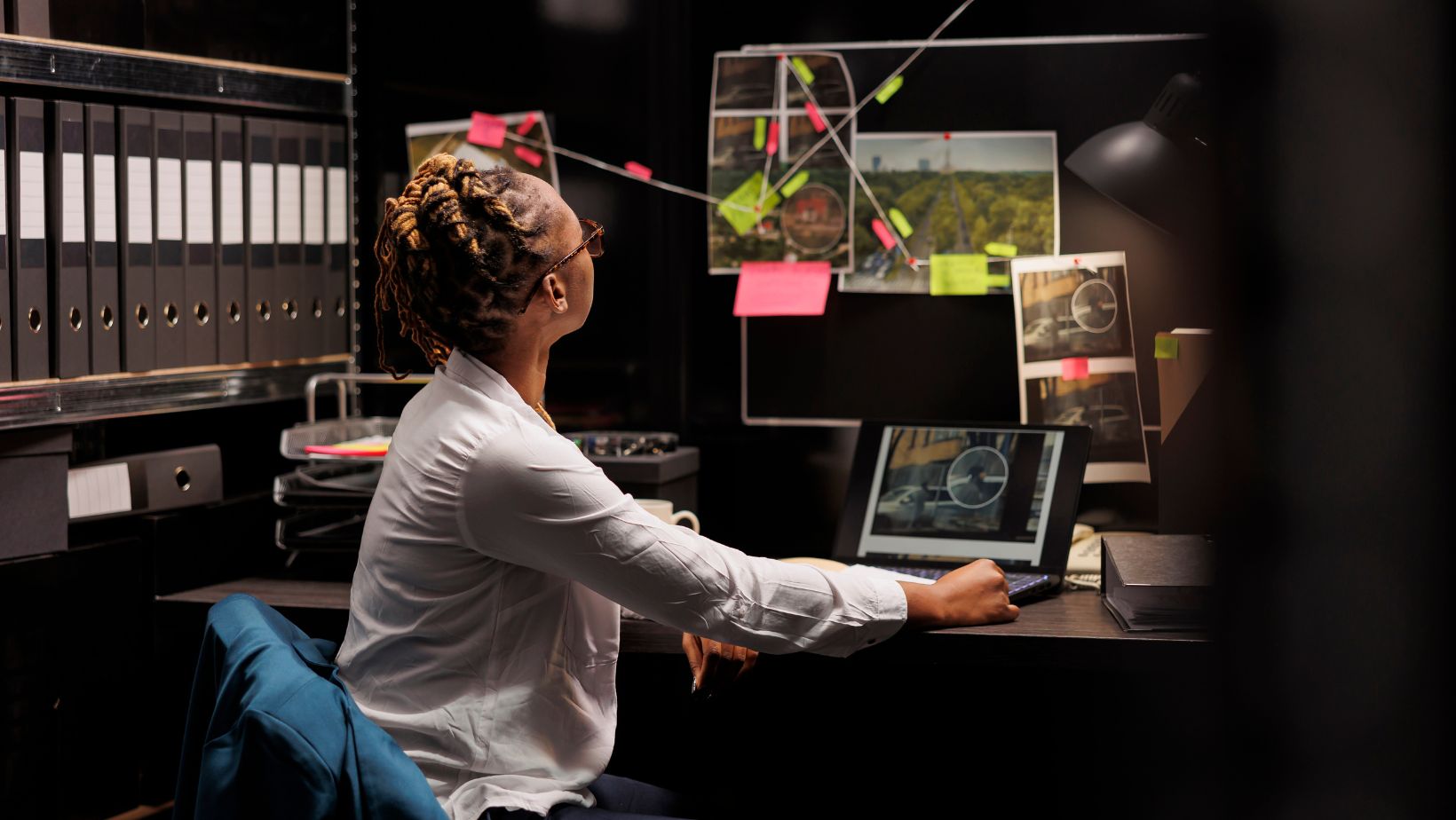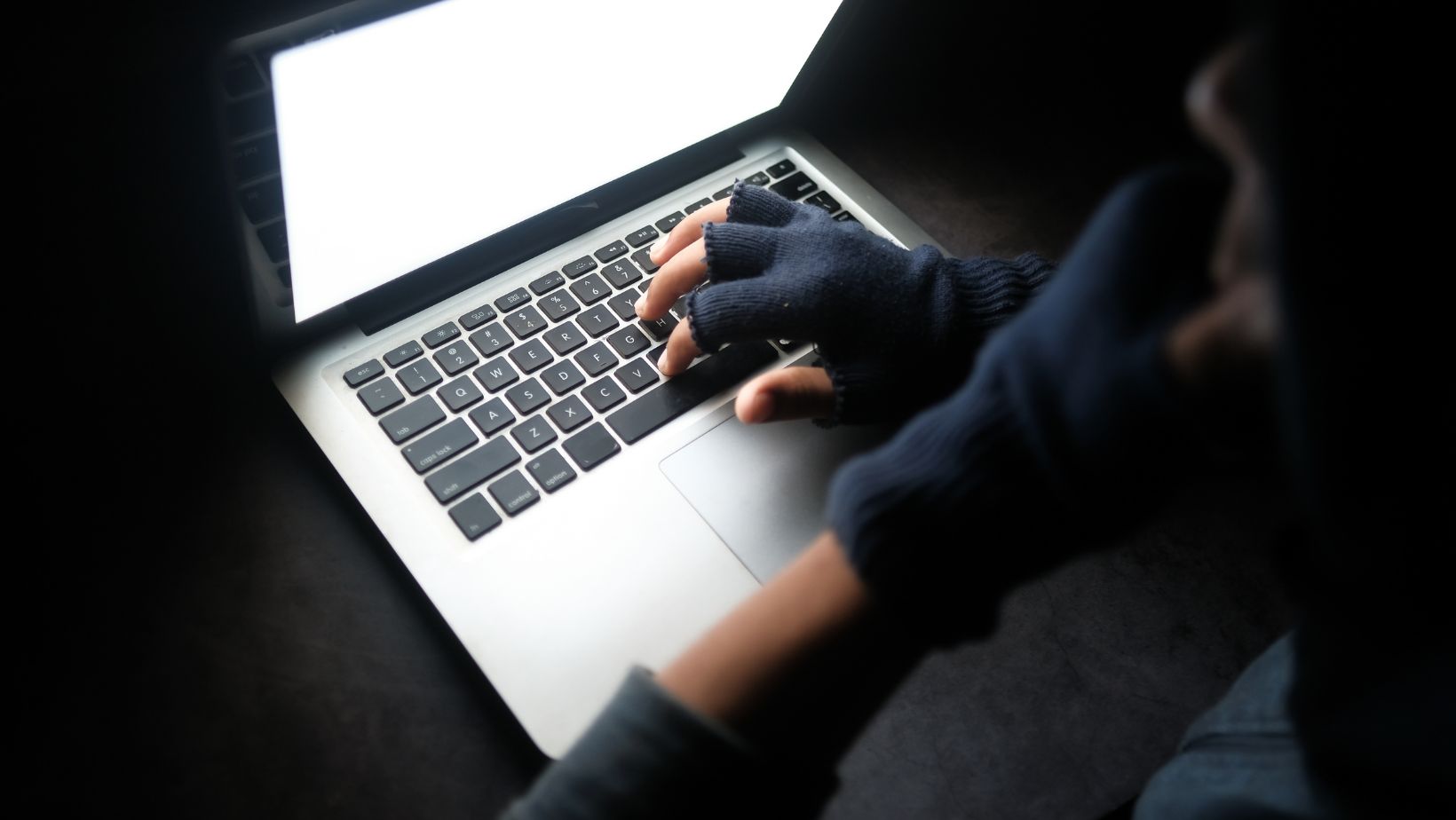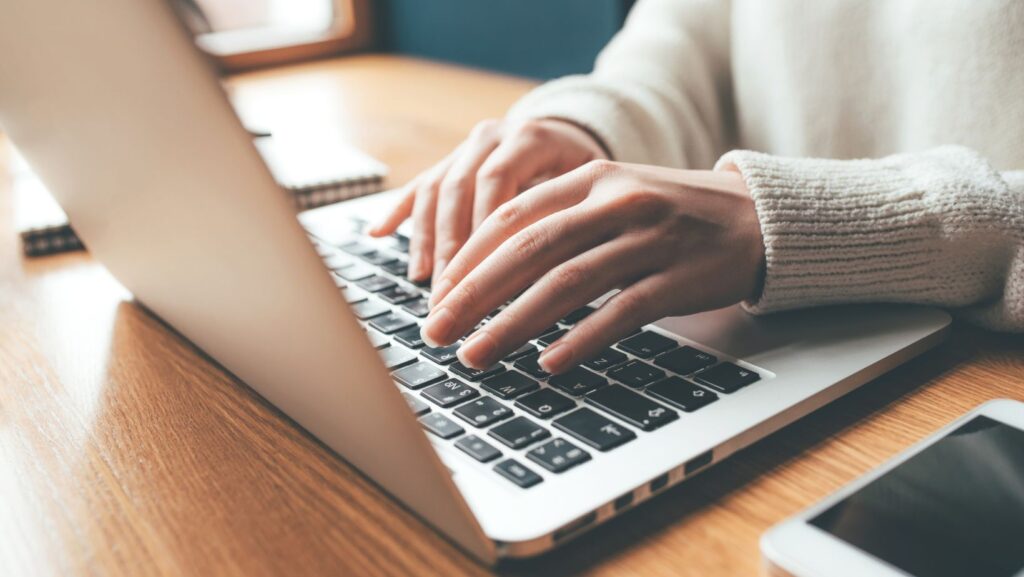When most people think of crime scene investigation, they picture fingerprints, DNA, or maybe grainy surveillance footage. But there’s another layer of evidence that plays a big role in many cases—sound. In fact, forensic audio has become a powerful tool in both investigations and courtrooms. One of the lesser-known ways audio experts contribute is by using sound effects libraries to help reconstruct what happened during a crime. It sounds a bit cinematic, and it kind of is—but with a scientific purpose.
What Are Sound Effects Libraries, and Why Do They Matter?
Sound effects libraries are exactly what they sound like: massive collections of recorded sounds—footsteps, car engines, gunshots, doors creaking, glass breaking, and just about everything else you can imagine. Libraries like PSE Library are mostly used in movies, TV shows, and video games to build immersive soundscapes. But they’ve also become incredibly useful in forensic audio work.
Now, to be clear, investigators aren’t using these sounds as direct evidence. They’re not saying, “This is the actual gunshot from the crime scene.” Instead, they use these sounds to recreate what might have happened—to model scenarios, test witness statements, or explain acoustic events to juries in a way that’s easier to understand.
How It Works in Real Investigations
1. Recreating the Acoustic Environment
Let’s say there’s a case where someone claims they heard a gunshot from across the street. Maybe there’s no recording, or the only audio captured was distorted. In situations like this, forensic audio experts can pull a similar gunshot sound from a sound library—matching the caliber, distance, and even environmental factors like echoes or reverb—and simulate what that person might have heard from their location.
They’ll factor in everything from room size to wall material to weather. For example, a gunshot in an alleyway sounds a lot different than one fired in an open field. Using the software, they adjust the library sample to reflect those conditions, then determine whether the witness could realistically hear what they claimed.
2. Testing the Timeline
In some cases, sound libraries help piece together timing and movement. Let’s say a suspect claims they were upstairs when the crime occurred downstairs. By using sounds like footsteps, door creaks, or running on different surfaces, analysts can simulate how long it would take someone to move through that space. If the sounds don’t match the timeline or the acoustics suggest something different, it can challenge the suspect’s story—or support it.

This kind of analysis becomes especially powerful when it’s synced with surveillance footage or smart home data (like motion detectors or doorbell cameras) to build a full picture of the timeline.
3. Filling in the Blanks in Audio Recordings
Sometimes, investigators do have real recordings—maybe from a security camera, a neighbor’s phone, or even a 911 call. But those recordings might be low-quality, with key sounds drowned out by background noise.
In those cases, sound libraries help analysts compare and isolate sounds. For instance, if there’s a loud bang in the background, experts might pull different types of bang sounds (gunshot, door slam, firecracker) from a library to match the waveform and help identify what it really was. It’s not perfect, but it’s a useful way to make informed, data-backed interpretations of hard-to-hear audio events.
4. Courtroom Demonstrations
One of the biggest reasons forensic audio experts use sound libraries is for presentation. Courtrooms can be overwhelming, especially when the evidence is technical. Jurors may not understand frequency spectrograms or echo patterns—but they can hear a recreated scene and feel the difference between a door slamming and a gunshot or understand how muffled a scream might sound through two closed doors and a hallway.
Using sound effects, analysts can recreate scenarios that help jurors understand what a witness likely heard (or couldn’t have heard). These simulations, when done responsibly, can be incredibly compelling.
A Real-World Example
Imagine a case where a woman is murdered in her apartment. Her neighbor claims he heard her arguing with someone, then a loud bang followed by silence. No recording exists, but investigators want to test if it was physically possible for him to hear what he says he did.

An audio expert models the apartment building’s layout, including walls and insulation levels. Using a sound library, they simulate the sound of a man yelling in that room, then a gunshot, and play it through a digital model that recreates what it would sound like from the neighbor’s apartment.
It turns out that, at normal speaking volume, the argument wouldn’t have carried far enough to be heard. But the gunshot? That, even muffled, would have been unmistakable. The witness was probably telling the truth.
Cautions and Limitations
It’s worth mentioning: sound effect simulations aren’t an exact science. They rely on best approximations—educated guesses, basically—based on known facts. The goal isn’t to prove something happened exactly as modeled but to show what’s plausible or implausible under certain conditions.
That’s why transparency is key. Good forensic experts always explain how they built their simulations, what assumptions were made, and what the limitations are. They’re not trying to dramatize the evidence—they’re trying to clarify it.
Endnote
Sound is an incredibly underappreciated form of evidence. It’s fleeting, emotional, and harder to manipulate than video or testimony. And with the right tools, like sound effects libraries, forensic experts can use them to help fill in the blanks—recreating scenes, testing theories, and ultimately helping to uncover the truth.
In the end, these tools help transform raw noise into meaningful insight. And when you’re trying to solve a crime, that can make all the difference.
